Beautiful beaches, unspoilt landscapes and fresh, natural food make the Cilento coast one of Italy’s best-kept secrets. Denise Otero pays homage to the region and explores why people here live so long. Here’s our top ten picks of things to do when you visit…
Photos by Denise Otero unless otherwise stated
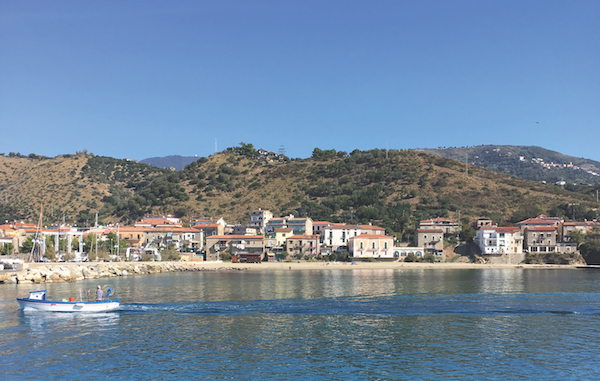
1. See the town where they live to be 100
Acciaroli is a remote village located on the Cilento Coast in the Campania region about 150km (two hours by car) south of Naples, and is the perfect springboard to explore the rest of the coast and Cilento’s National Park, a UNESCO World Heritage site.
Ernest Hemingway is said to have visited the seaside village in around 1950 and would spend time at sea here with the local fishermen, finding inspiration for his novel The Old Man and the Sea. Along with its ancient fishing traditions and award-winning sandy beaches, Acciaroli’s historic centre is picturesque and a wonderful place to simply take a stroll along the cobbled streets and sip a glass of wine at one of the café-bars facing the marina. To avoid the crowds, come out of high season (July and August) when sun-seekers descend on Acciaroli and the beaches nearby.

2. Enjoy the (very) local cuisine
Your taste buds will thank you after each meal you enjoy in and around Acciaroli, where they mostly serve “Zero km food”, food grown within a local radius. The region is particularly known for its wild asparagus, chickpeas and its fico bianco (white fig). These are dried and covered or stuffed with chocolate, to be enjoyed all year round.
As well as eating organically, locals swear by a Mediterranean diet consisting of fresh fish, extra-virgin olive oil, fruit and vegetables, and moderate wine consumption. In fact, Pioppi, a small town 15 minutes south of Acciaroli, is known as the origin of the term the “Mediterranean Diet”, thanks to the American physiologist Ancel Keys. Ancel came to study the local diet in the 1950s, after he became fascinated with the number of residents over the age of 100. He decided to move to Pioppi – and lived to be 100!
Another interesting find in Dr Alan Maisel’s more recent study is that the anchovies that Acciaroli’s residents eat may offer many health benefits, and that their use of plenty of locally grown rosemary to season their meats and soups may aid brain function.
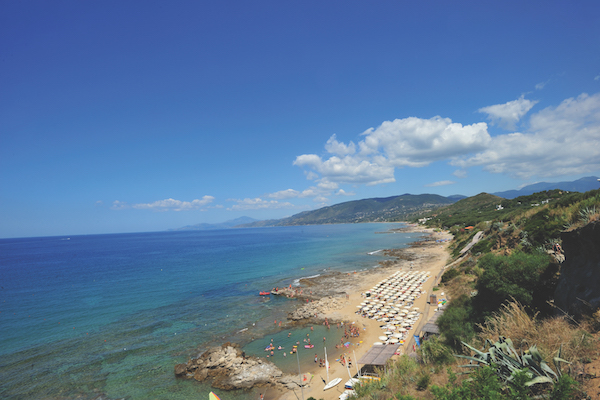
3. Spend the summer on pristine beaches
Whether you head North or south from Acciaroli, Cilento’s 100km of coastline and beaches will easily melt away the everyday stresses of life. Due to the high quality of the sea and the unspoilt landscape, the pristine beaches along the Cilento coast have been awarded the most Blue Flag certifications in the Campania region (a certification from the Foundation for Environmental Education – FEE). I asked local Giulia Leone what her favourite spots are and she recommends the small bay Baia del Buon Dormire and Marina di Camerota, in particular the small beach of Cala Bianca.
The rugged coastline is also steeped in Greek myth and legend. One such legend refers to Punta Licosa, one of the most beautiful seaside areas in the world. The name derives from one of the sirens, Leukosia, who would sing to try to lure sailors to their death by shipwrecking their boat on the rocky coast. After a failed attempt to seduce Odysseus, Leukosia committed suicide by throwing herself off a cliff and was turned into a rock. The rock of the siren remains, the Punta Licosa.
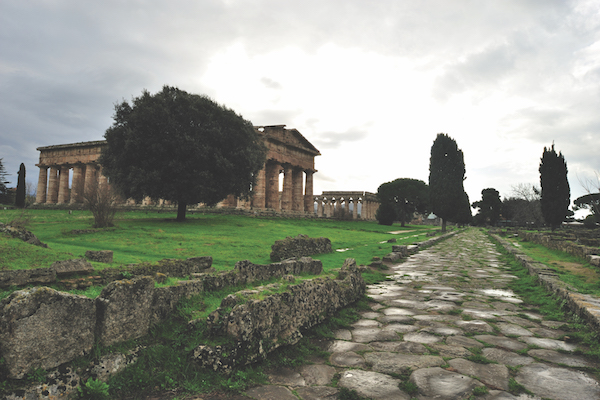
4. Step back in time at Paestum’s ancient temples
The ancient Greek city of Paestum, formerly known as Poseidonia, is an archaeological site recognised by UNESCO with very well preserved Doric temples. The Temple of Poseidon here dates back to the 5th century BC, while the Temples of Hera and Athena date back to the 6th century BC. After you have visited the archaeological site, the Museum of Paestum (just across the road from the ruins) will help you delve deeper into the incredible history of this ancient city of Magna Graecia and the people who once lived here.
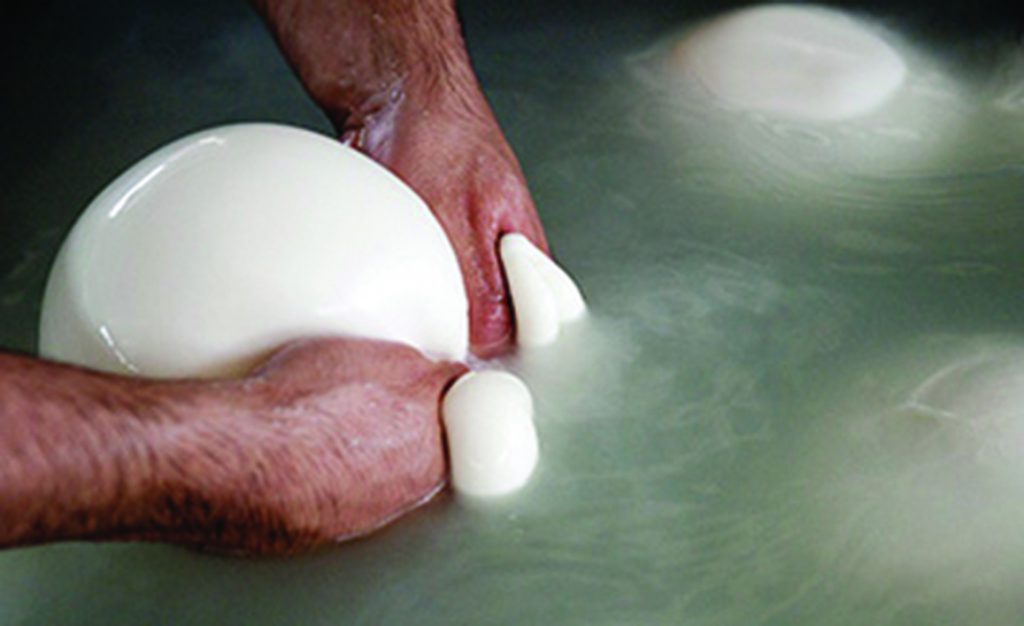
5. Discover the best buffalo mozzarella
Paestum is also known for its mozzarella di bufala. If you drive along the Statale 18, known to locals as the Street of Mozzarella Cheese, you’ll come to a place where some of the best buffalo mozzarella in Italy is produced. The Tempio (www.tempio.biz) is an organic farm with nearly 1,300 buffalo that offers tours of the farm, play areas for kids and a modern bistro which serves their mozzarella, pizza topped with fresh cheese made that day and, if you’re feeling adventurous, buffalo salami.
You will be delighted to know that you can not only sink your teeth into fresh mozzarella, you can also get up close and personal with the water buffalo and discover how the cheese is made. The term mozza comes from the traditional technique of working the cheese where the index finger and thumb cut the amount needed from the mass of twisted pasta. From this piece a mozzarella ball is formed.
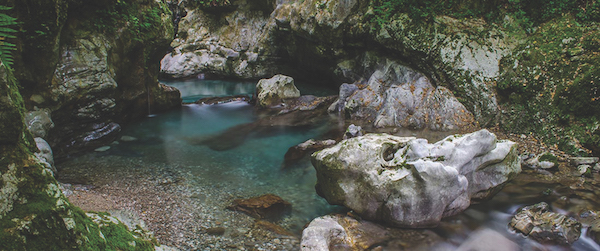
6. Visit the National Park of Cilento and Vallo di Diano
The National Park of Cilento and Vallo do Diano, a UNESCO World Heritage site, offers nature lovers and adventure seekers plenty of activities with its diverse and vast landscape. The municipalities and land area which comprise the protected National Park is the second largest in Italy and includes nearly all of the Cilento Coast.
As Manuela Cotignola, Vice President of Outdoor Cilento, explains, “Cilento is a land rich of natural beauty, rivers, waterfalls, forests, beaches and mountains. Along with many trekking options, no less important are the cultural and gastronomic aspects of our land.” Whether it’s walking in the Valley of Orchids in Sassano, trekking through lush lime-green ferns in the WWF Oasis of Morigerati to reach the Grotte del Bussento (Caves of Bussento), zip-lining in valleys or simply meandering along ancient paths hugged by the sea, the National Park of Cilento and Vallo Di Diano will leave you spoilt for choice.
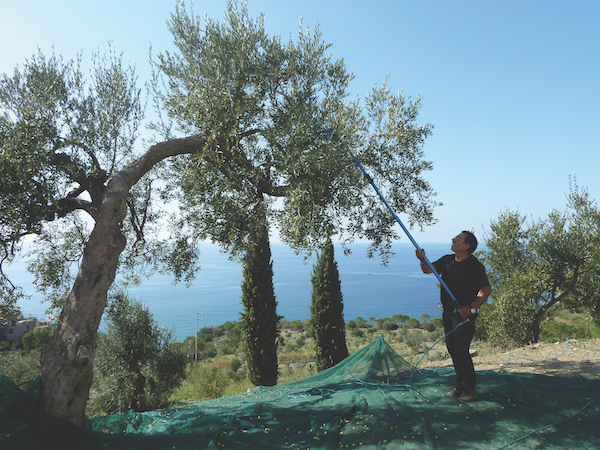
7. Help with the olive harvest
Tenuta degli Eremi, in Acciaroli, is a 24-hectare bio-farm like no other. It’s a hidden paradise facing the sea with a private beach. Cilentan donkeys roam free on the hilly landscape adorned with olive trees, exotic aloe vera plants, vegetable gardens and fruit orchards, which supply Hotel La Playa’s restaurant with organic food for its guests. Giuseppe, born in one of the farm cottages (now a ruin), together with his wife Anna Maria, is the proud guardian who tends to the land, as his father did before him.
In mid-October the farmers prepare for the olive harvest, in which visitors can take part. Tenuta degli Eremi also offers a unique experience where you can enjoy a picnic lunch with a breathtaking backdrop. It’s necessary to pre-book these activities and a visit of the farm.
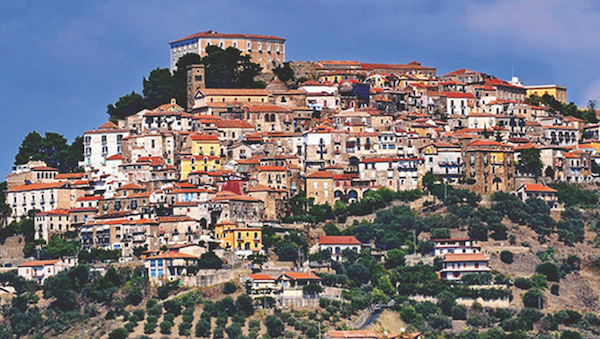
8. See the pretty hilltop villages
There are beautiful villages sprinkled along the Cilento Coast, and inland. Castellabate, with its imposing castle overlooking the Tyrrhenian Sea, is one of the most picturesque hilltop villages. A UNESCO World Heritage site, it’s 35 minutes north of Acciaroli and has been designated as one of the Borghi più belli d’Italia (the Most Beautiful Villages of Italy).
The fortified castle offers visitors a scenic walk and breathtaking views of the coast, marina and golden sandy beaches below. Like many beaches along the Cilento Coast, Castellabate’s have held the prestigious Blue Flag award since 1999.
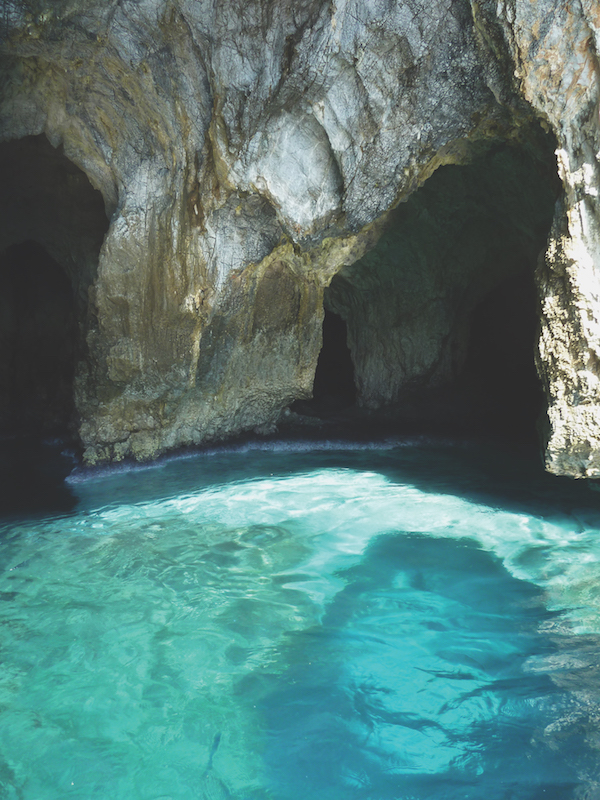
9. Sail away to sea
Whether by sail or small motor boat, you cannot leave without exploring the Cilento Coast by sea. Boat tours generally run from March to November and can be organised by your hotel, or operators in Acciaroli or Palinuro’s port, as well as on beaches along the coast. Bear in mind that some boat captains may not speak English, though the natural beauty along the coast needs no translation. As you set off, the calm cobalt blue and turquoise waters instantly bring a sense of peace. Visit beaches you might not otherwise see, take a dip in the secret coves and float into the grottoes. In fact, you can bypass the crowds in Capri and experience Cilento’s very own Blue Grotto for free along Cape Palinuro. There are dozens of grottoes in this area with their own distinct colours, features and marine life, making Palinuro a popular destination for divers as well.
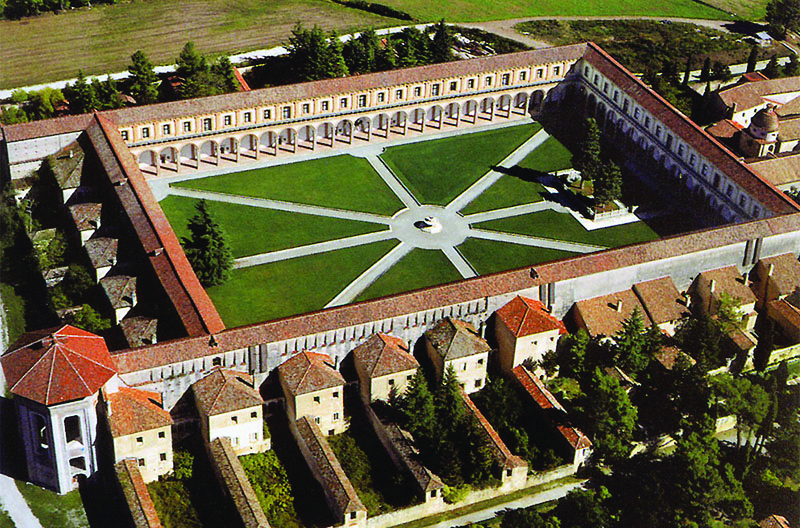
10. Don’t miss the Certosa di San Lorenzo
Dating back to the 1300s, the Certosa di San Lorenzo di Padula is located in the Vallo di Diano and is one of the most magnificent monastic structures in the world. In fact, the Certosa di San Lorenzo is the largest monastery in Italy and boasts the biggest cloister in the world, covering nearly three acres. It has been designated a UNESCO World Heritage site and is also home to the Archaeological Museum of Lucanian Antiquities.
For more on Cilento, check out our travel guide.
